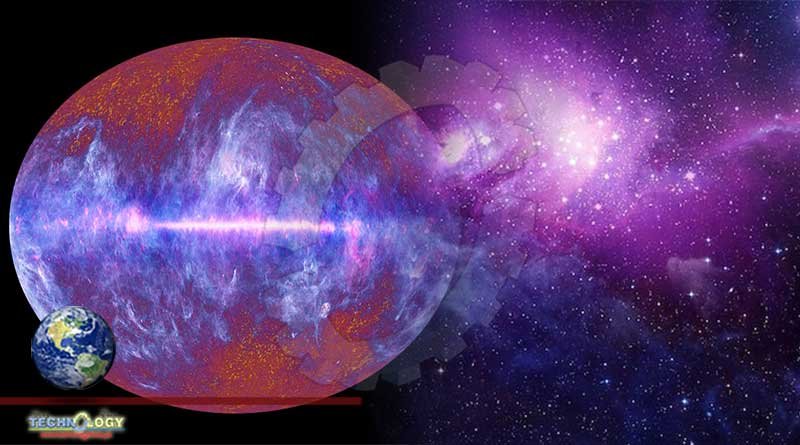Recently, scientists have noticed hints of strange new physics in the background radiation of the universe, maybe a new phenomena in space.

Scientists have always been in the quest of understanding new phenomena in space. They keep on studying about planets, stars and various other celestial bodies. Recently, scientists have noticed hints of strange new physics in the background radiation of the universe.
They have detected something unusual about the cosmic microwave background (CMB), the first light that could travel through the universe when it cooled around 380,000 years following the Big Bang.
Earlier, it was believed that an extremely faint glow gradually spread through between the space between stars and galaxies.
Now, scientists took to a new measurement technique which has revealed something peculiar. This new finding could be a sign of a violation of parity symmetry which indicates something outside the Standard Model.
The Standard Model of Physics says that even if the universe is flipped the laws of physics should still apply to it. In such a case, subatomic interactions should take place in exactly the same manner as it would have happened in the original position. The phenomenon is called parity symmetry.
According to Science Alert, parity symmetry breaks when there is weak interaction between subatomic particles. Such interactions are responsible for radioactive decay.
The study was conducted by two physicists, Yuto Minami of the High Energy Accelerator Research Organisation in Japan and Eiichiro Komatsu of the Max Planck Institute for Astrophysics in Germany and Kavli Institute for the Physics and Mathematics of the Universe in Japan.
The physicists believe that they have found a place where parity symmetry breaks down. The two have noticed hints of it in the polarisation angle of the CMB. Polarisation is a phenomenon which occurs when light is scattered and as a result of this waves propagate on a certain orientation.
They have described this angle as β and it could indicate a CMB interaction with dark matter.
“If dark matter or dark energy interact with the light of the cosmic microwave background in a way that violates parity symmetry, we can find its signature in the polarisation data,” Minami revealed.
Originally published at News 18
